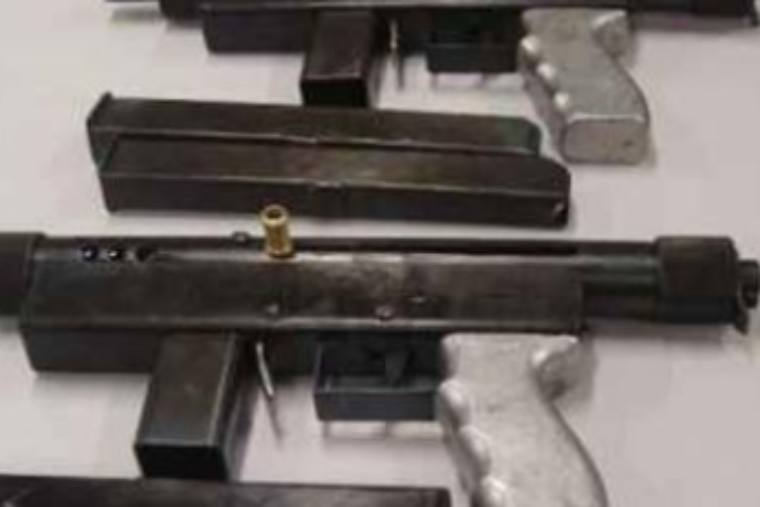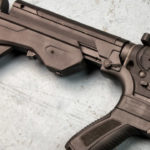“DIY submachine guns are popping up across the West Bank,” the Washington Post reported recently in a piece about a weapon that has repeatedly played a role in Palestinian attacks upon Israelis. The guns are of a common type referred to as the “Carlo,” based on the Swedish Carl Gustav M/45, which dates to the World War 2 era. The article added that hundreds of the submachine guns have been confiscated over the past year, and raids staged on 35 mechanics’ shops that were cranking them out.
“The Carlo has remained so popular because of how little machinery and technical know-how is required to produce it,” a Times of Israel story noted earlier this year. “A drill press, some welding equipment and blueprints from the internet are all that’s needed to create one of these potentially devastating weapons.” The story lamented that “it’s nearly impossible to prevent its production.”
Ironically, Israelis themselves relied on homemade submachine guns during their War of Independence. In their case, they knocked off copies of the British-designed Sten gunand fed them with ammunition manufactured in a clandestine factory beneath a laundry. Similarly to the weapon copied by West Bank mechanics, “the Sten used simple stamped metal components and minor welding, which required minimal machining and manufacturing,” according to Wikipedia.
That simplicity is a feature of many simple, sheet-metal submachine guns dating to the war era. Desperate to satisfy the need to produce massive numbers of guns in short order, designers crafted weapons that could be made in any number of existing shops using general-purpose machinery. Long before 3D printers and CNC milling machines drove headlines about DIY firearms, those characteristics made such weapons natural choices for various insurgencies battling governments in regions across the world.
by J.D. Tuccille



